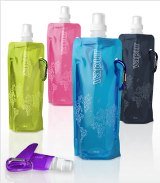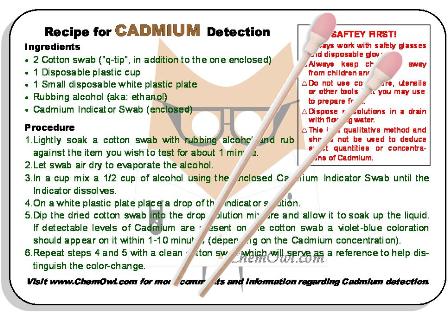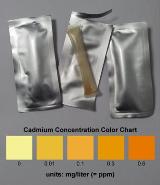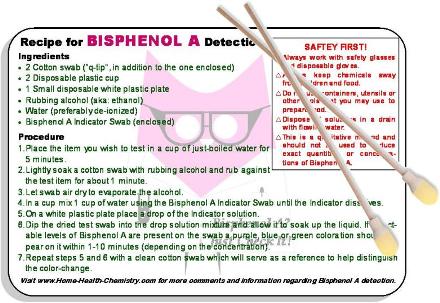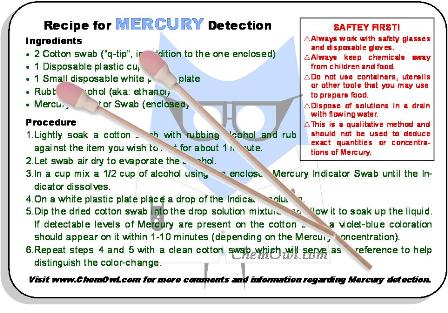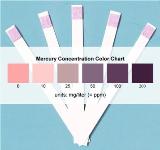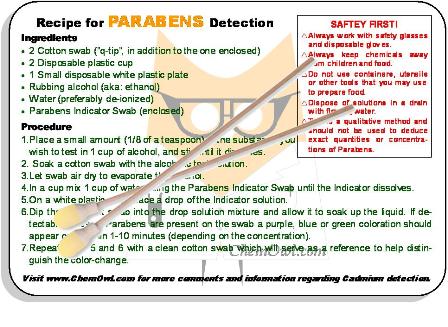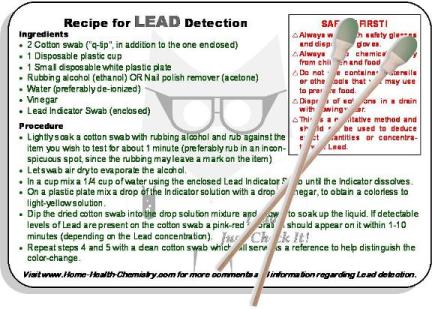BISPHENOL A
(BPA)
Why is it Hazardous?
Bisphenol A (abbreviated as BPA) is a key building block in the production of many plastics, especially polycarbonates – a clear and nearly shatter-proof polymer used to make food and beverage containers, as well as household electronics.
There is widespread concern among scientists that long-term exposure may induce chronic toxicity in humans, since BPA can mimic estrogen. Studies indicate that early development appears to be the period of greatest sensitivity to BPA resulting in developmental impairment, cancer, obesity and interference with brain activity related to memory, learning and mood.

Want to test for BPA at home? Click here for a FREE do-it-yourself detection recipe!
Where Can it be Found?
• Baby bottles
• Water bottles
• The inside lining of food and beverage containers
• Canned foods
• Dental fillings
• Lenses
• CD's and DVD's
Concerned about the hazards of BPA? Click here for our FREE, easy to follow detection recipe.

Facts
• Plastic labels as "Type 3" or "Type 7" are most likely to contain BPA.
• Drinking from bottles made of polycarbonate can increase BPA levels in urine by as much as 66%.
• Most scientific studies show effects of BPA at levels, which are lower than the Environmental Protection Agency's (EPA) recommended limits.
TRY OUR TEST KITS FOR ONLY $29.99! each
with FREE SHIPPING
Cadmium Test Swabs
Cadmium Test Tubes with Color Chart
BPA Test Swabs
Mercury Test Swabs
Mercury Test Strips with Color Chart
Hexavalent Chromium Test Strips with Color Chart
Parabens Test Swabs
Lead Test Swabs
Buy 2 Or More Test Kits
Get a FREE
BPA-Free Foldable Bottle
